I'm a bit stuck plotting a raster with a log scale. Consider this plot for example:
ggplot(faithfuld, aes(waiting, eruptions)) +
geom_raster(aes(fill = density))
But how to use a log scale with this geom? None of the usual methods are very satisfying:
ggplot(faithfuld, aes(waiting, log10(eruptions))) +
geom_raster(aes(fill = density))
ggplot(faithfuld, aes(waiting, (eruptions))) +
geom_raster(aes(fill = density)) +
scale_y_log10()
and this doesn't work at all:
ggplot(faithfuld, aes(waiting, (eruptions))) +
geom_raster(aes(fill = density)) +
coord_trans(x="log10")
Error: geom_raster only works with Cartesian coordinates
Are there any options for using a log scale with a raster?
To be precise, I have three columns of data. The z value is the one I want to use to colour the raster, and it is not computed from the x and y values. So I need to supply all three columns to the ggplot function. For example:
dat <- data.frame(x = rep(1:10, 10),
y = unlist(lapply(1:10, function(i) rep(i, 10))),
z = faithfuld$density[1:100])
ggplot(dat, aes(x = log(x), y = y, fill = z)) +
geom_raster()
What can I do to get rid of those gaps in the raster?
Note that this question is related to these two:
I have been keeping an updated gist of R code that combines details from the answers to these questions (example output included in the gist). That gist is here: https://gist.github.com/benmarwick/9a54cbd325149a8ff405






